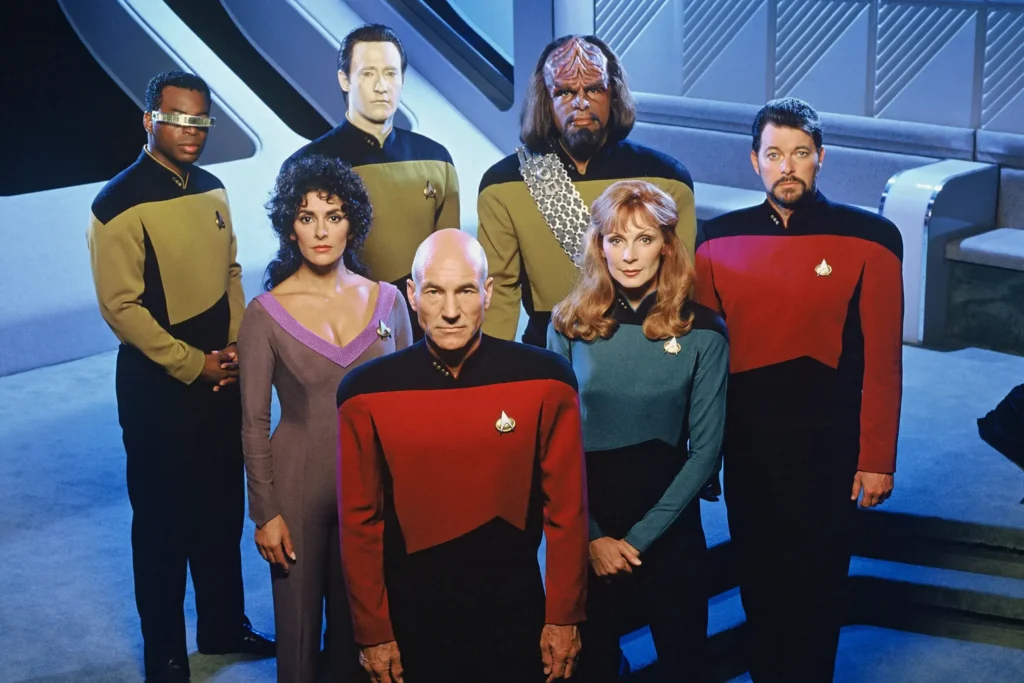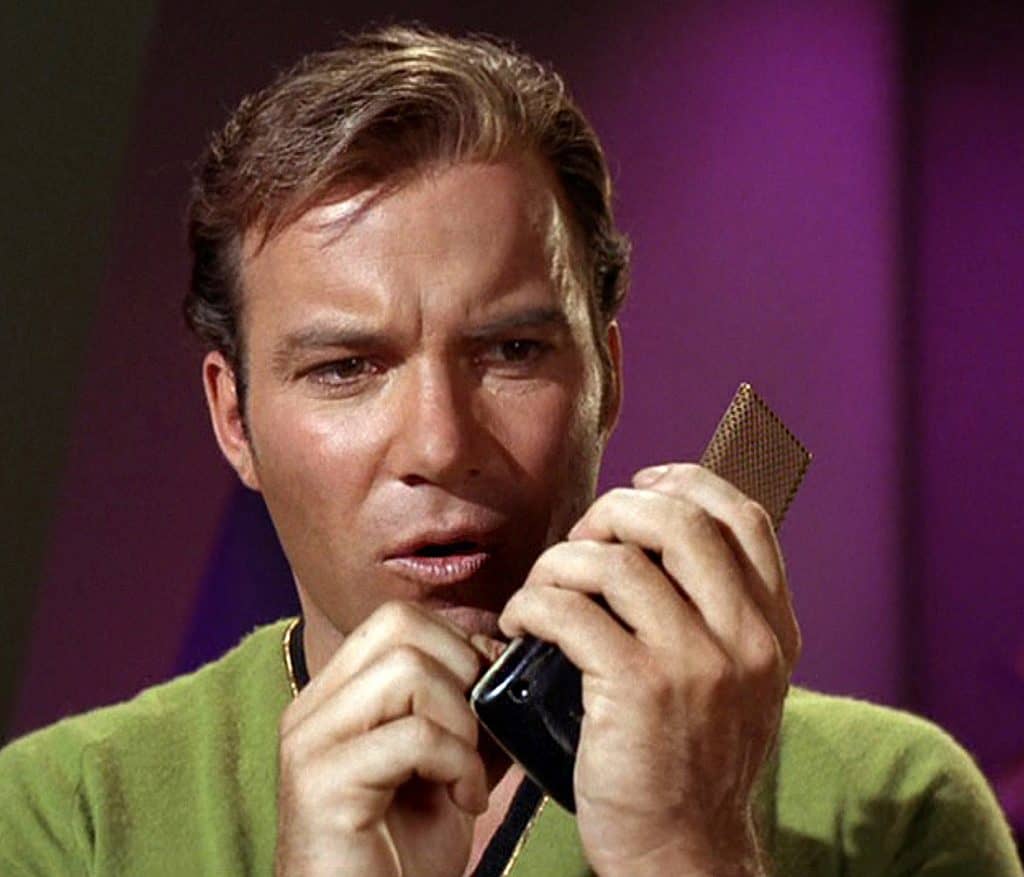
Star Trek has been captivating audiences for over 50 years with its futuristic technology and scientific advancements. But what many fans may not realize is that the science fiction of Star Trek has often become science fact. From smartphones to virtual reality, the technology seen on Star Trek has had a major impact on modern science and technology, and researchers are still working on making some of the futuristic technology from the show a reality.
Smartphones and Personal Computing

One of the most obvious examples of Star Trek technology that has become a reality is the personal communicator, or “communicator,” seen on the original series and later on in the franchise. The communicator is a small, handheld device used for voice communication and data transmission. Sound familiar? This device is strikingly similar to the smartphones we use today.
The original Star Trek communicator was designed by set designer Wah Chang, who was inspired by the flip-phone design of the 1960s. However, it was the show’s creators who came up with the idea of a handheld device that could be used for communication and data transmission. This concept was revolutionary at the time and helped to pave the way for the development of personal computing and smartphones.
Virtual Reality and Augmented Reality

Another area where Star Trek has had a major impact is in the field of virtual and augmented reality. The holodeck, a virtual reality simulation chamber seen on Star Trek: The Next Generation, has long been a fan favorite. The holodeck allows characters to experience a fully immersive virtual environment, complete with realistic simulations of people and objects.
The concept of the holodeck has inspired the development of virtual and augmented reality technology in the real world. Today, virtual reality and augmented reality are being used in a wide range of industries, from gaming and entertainment to healthcare and education. Companies like Oculus and Microsoft have developed VR and AR headsets that allow users to experience immersive virtual environments. However, the holodeck is still a futuristic technology that researchers are working on to make a reality.
Medical and Biotechnology

Star Trek has also had a major impact on the field of medical and biotechnology. The show’s depiction of advanced medical technology, such as the “tricorder,” has inspired scientists and researchers to develop new technologies that can diagnose and treat diseases in a non-invasive way.
The tricorder is a handheld device that can scan a patient’s body and diagnose illnesses. Today, researchers are developing similar devices that use ultrasound, infrared, and other non-invasive technologies to diagnose and monitor diseases. In 2017, the Xprize foundation even announced a global competition to develop a real-life tricorder, with the goal of creating a portable, non-invasive device that can diagnose a set of diseases better or as accurately as a panel of board certified physicians. In addition, scientists are working on creating medical technologies like the “bio-bed” seen in Star Trek: Voyager, which can diagnose and treat injuries and illnesses in a matter of seconds.
Artificial Intelligence and Robotics

Star Trek has also had a major impact on the field of artificial intelligence and robotics. The show’s depiction of advanced AI, such as the “android” Data and the ship’s computer, have inspired the development of new AI technologies.
In the show, Data is an android with advanced artificial intelligence capabilities. He is able to understand and respond to human emotions and can even experience them himself. Today, researchers are working on developing AI that can understand and respond to human emotions, with the goal of creating more natural and intuitive human-computer interactions.
The ship’s computer, also seen in Star Trek, is an advanced AI system that can control and operate the ship’s systems. This concept has inspired the development of new technologies, such as the Internet of Things, that allow devices to be connected and controlled through a central computer system. In addition, researchers are looking into developing AI with more autonomy and decision-making abilities, similar to the ship’s computer’s ability to make decisions on its own to protect the ship and its crew.
Warp Drive and Faster-Than-Light Travel

One of the most iconic technologies in Star Trek is the warp drive, which allows the ships to travel faster than the speed of light. This technology has always been purely fictional, but scientists are currently working on developing theories and technologies that could one day make faster-than-light travel a reality.
Scientists are currently researching possibilities such as using wormholes or extra dimensions to travel faster than the speed of light. While it’s unlikely that we’ll see a warp drive in our lifetime, the concept of faster-than-light travel has inspired scientists and researchers to push the boundaries of what is currently possible in the field of physics and astronomy.
As the famous Star Trek character, Jean-Luc Picard, once said “The impossible is just something that hasn’t been done yet.” Star Trek’s impact on modern science and technology has been significant, and it will continue to inspire and influence the development of new technologies for years to come.
Final Thoughts: The Enduring Legacy of Star Trek’s Impact on Modern Science and Technology
Star Trek has had a major impact on modern science and technology, from smartphones and personal computing to virtual and augmented reality, medical and biotechnology, artificial intelligence and robotics, and even the possibility of faster-than-light travel. The show’s depiction of advanced technology has inspired scientists and researchers to push the boundaries of what is currently possible, and we can’t wait to see what the future holds. Who knows, in a few hundred years, we might be boldly going where no one has gone before just like the crew of the USS Enterprise.











